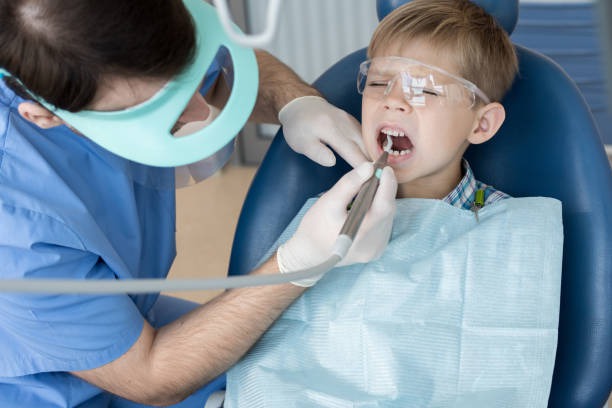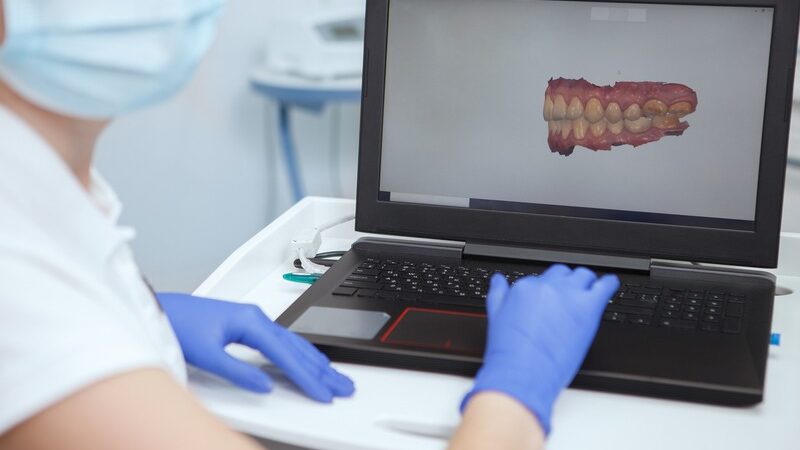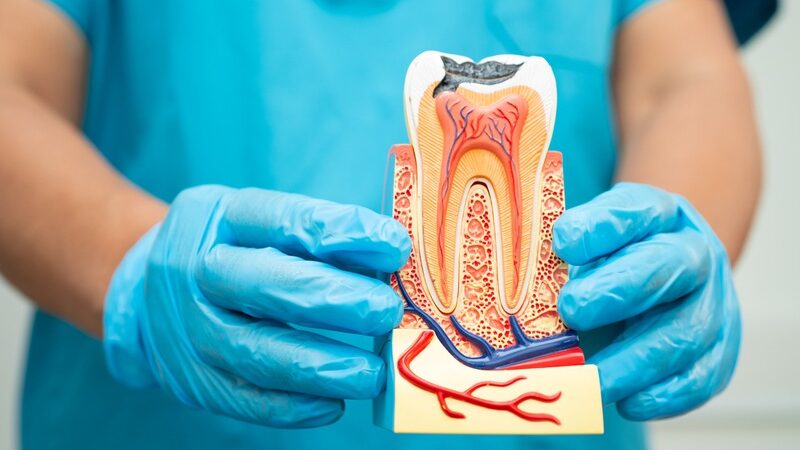Have you ever wondered how long your child might need to wear braces? Every parent wants the best for their kid, especially when it comes to their smile. Orthodontic treatment can be a journey, but understanding the timeline can make the process a lot smoother.
Initial Consultation and Assessment
The journey starts with an initial consultation. During this visit, the orthodontist will examine your child’s teeth, take X-rays, and possibly create molds of their mouth. This step is crucial as it helps craft a personalized treatment plan tailored to your child’s needs. For those in the area, Greensboro pediatric dentistry offers such comprehensive care to ensure the best outcomes. Usually, this phase can take a few weeks to ensure thorough assessment and planning.
Factors Affecting the Duration of Treatment
Several factors influence how long orthodontic treatment lasts. Here are some key determinants:
-
Age of the child
-
Type of dental issues
-
Growth of the child’s jaw and teeth
-
Type of braces or appliances used
-
Level of compliance with the treatment plan
Types of Braces and Appliances
There are various types of braces and orthodontic appliances, each with its own set of strengths. The choice of braces can impact the length of the treatment. Here are some common types:
1. Traditional Metal Braces
These are the most common types and are quite effective for severe dental issues. Generally, these braces can remain on for 18 to 24 months.
2. Ceramic Braces
They work similarly to metal braces but are less noticeable. While cosmetic benefits are significant, they can sometimes take a bit longer to achieve results, usually within the 18 to 36-month range.
3. Invisalign or Clear Aligners
Clear aligners are popular for their nearly invisible appearance. They are generally best suited for less complex cases and can take anywhere from 12 to 18 months.
4. Lingual Braces
These braces are placed behind the teeth, making them invisible from the front. Treatment duration is typically similar to traditional braces but might take a bit longer due to their complex placement.
Whether you decide to get braces in Greensboro or another city, it’s important to follow the orthodontist’s guidance to achieve the best possible outcome.
The Active Treatment Phase
Once the braces are on, the active treatment phase begins. This period involves regular adjustments every 4 to 6 weeks. During these appointments, the orthodontist tightens the wires and makes the necessary adjustments to guide the teeth into the correct positions.
Common Adjustments
Tightening the braces helps gradually move the teeth. Here’s what usually happens during these visits:
-
Wires and elastic ties are replaced.
-
Progress is monitored.
-
Specific teeth may get bands or additional wires for better alignment.
Midway Progress Evaluation
Orthodontists often conduct a midway evaluation to gauge progress. This point is crucial for determining if the treatment plan needs any adjustments. Doing so ensures that the child is on the right track to achieve the desired results within the estimated time frame. For families seeking orthodontic care in Greensboro, NC, consistent evaluations help ensure that the treatment proceeds smoothly.
Retention Phase
Once the active phase concludes, it’s time for the retention phase. The orthodontist removes the braces, but that’s not the end of the journey. A retainer is often required to keep the teeth in place. Here’s more about the retention phase:
Types of Retainers
-
Removable Retainers: Easy to take out for cleaning and eating but should be worn as instructed.
-
Fixed Retainers: Bonded to the back of the teeth and offer a more permanent solution to keeping the teeth in place.
Duration of Wearing Retainers
The length of time varies depending on individual needs, usually starting with full-time wear for at least six months and then transitioning to nighttime wear indefinitely.
Factors That Can Delay Treatment
While every effort is made to stick to the treatment plan, several factors can delay the process. These include:
-
Poor oral hygiene
-
Missed appointments
-
Not following the orthodontist’s recommendations
-
Unforeseen dental issues like cavities or gum diseases
Common Concerns and Questions
Parents and kids often have several questions about orthodontic treatment. Here are some common concerns:
Is it Painful?
There can be discomfort, especially after adjustments, but it usually subsides in a few days. Over-the-counter pain relievers can help manage any pain.
How Often Do We Need to Visit?
Typically, appointments are every 4 to 6 weeks but might be more frequent initially or if specific issues arise.
How Much Does It Cost?
Costs vary based on the type of braces and the complexity of the case. Many insurance plans cover some of the expenses, and payment plans are often available to help manage the cost.
Final Thoughts
Orthodontic treatment for kids is a journey that requires time, commitment, and regular follow-ups. While the average treatment lasts between 18 to 24 months, several factors can influence this duration. From the choice of braces to the complexity of dental issues, each child’s treatment plan is unique. By understanding this process, parents can better support their kids through their orthodontic journey, leading to a healthier, more confident smile.






